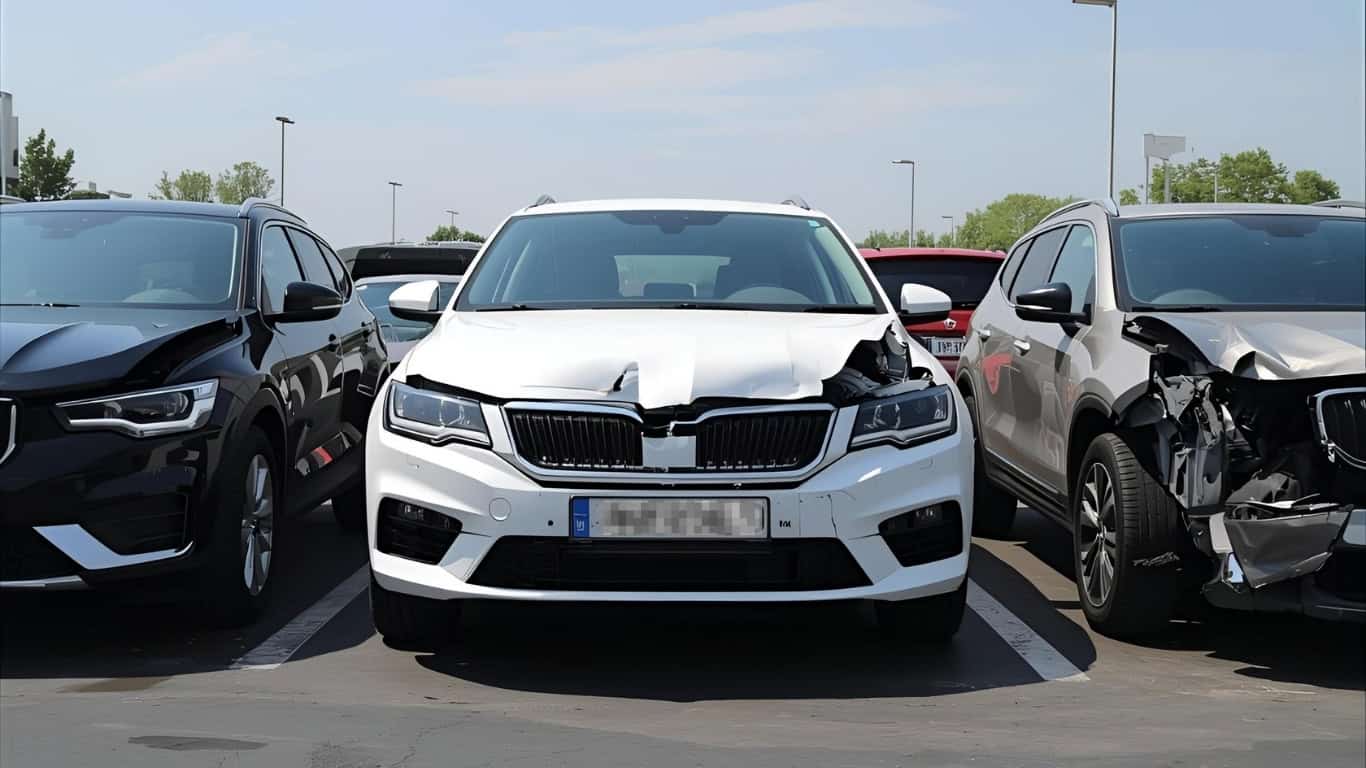Electric vehicle (EV) battery prices have taken a massive dive in 2024, falling 20% to a historic low of $115 per kilowatt-hour (kWh). For years, battery costs have been the single biggest hurdle to making EVs affordable for the masses. But now, with prices dropping at their fastest rate since 2017, industry experts believe we’re on the cusp of EVs reaching price parity with gas-powered vehicles.
So, what’s causing this shift? Why is China leading the way? And what does this mean for you as a buyer? Let’s break it down—plus, don’t miss the data-driven analysis that proves we’re closer to an electric revolution than ever before.
DOWNLOAD: “EV Battery Prices Drop”.PDF
What’s Behind the Drop in EV Battery Prices?
The recent plunge in battery prices isn’t by accident—it’s fueled by several key factors working together:
1. Oversupply in Production
Battery manufacturers, especially in China, have ramped up production to unprecedented levels. In fact, in 2024 alone, China is meeting 92% of global battery demand for EVs and stationary energy storage. This oversupply has driven costs down worldwide, reshaping the global battery market.
2. Falling Material and Component Prices
The price of lithium and other key materials like cobalt and nickel has declined significantly. With advancements in mining processes and supply chain efficiency, the cost of battery packs has fallen, making EV production cheaper.
3. The Rise of Lithium Iron Phosphate (LFP) Batteries
LFP batteries are becoming the go-to option for automakers. They’re cheaper, safer, and more stable compared to traditional nickel-based lithium-ion battery packs. While LFP batteries have a slightly lower energy density, their affordability makes them a game-changer for EV production.
Charting the Decline: A Visual Look at EV Battery Prices
To see the dramatic progress, here’s a chart illustrating how EV battery prices have plummeted over the years:

What Does the Data Tell Us?
The chart shows a stunning 90% reduction in EV battery prices since 2011:
- 2011-2015: Prices fell from over $1,200/kWh to below $350/kWh—thanks to improved technology and increased production capacity.
- 2016-2020: The decline slowed but remained steady, dropping to around $150/kWh.
- 2021-2024: The most recent price drop, falling to $115/kWh, represents the largest decline since 2017 and sets the stage for prices to dip below $100/kWh by 2026.
Goldman Sachs analysts confirm that this long-term trend reflects the growing maturity of the battery market and the increasing cost efficiency of production. This decline in the average price of battery packs is making EVs more accessible for buyers.
The Battery Industry at a Glance
The global battery market is experiencing unprecedented growth and transformation. From production and prices to forecasts and market leaders, here’s a closer look at the driving forces:
- Goldman Sachs’ Projections: Reports from Goldman Sachs highlight the steady drop in the cost of battery packs and suggest further declines will enable EVs to reach cost parity with gas cars by 2026.
- Battery Cell Innovations: Advances in battery cells are improving efficiency and reducing production costs. As manufacturers adopt LFP and next-gen battery technologies, this trend will accelerate.
- Technological Advancements: While lithium-ion battery packs remain the dominant choice, alternative technologies like solid-state batteries could disrupt the market in the future.
The battery industry’s focus on affordability and efficiency is not just reshaping electric vehicles—it’s driving an energy revolution.
China’s Role: Why It’s Leading the Battery Revolution
China is at the forefront of driving lower EV battery costs. Here’s why:
- Massive Production Capacity: Chinese manufacturers are producing batteries at scale, creating oversupply and pushing costs down.
- Government Support: Subsidies and incentives make Chinese EVs, such as BYD’s models, more affordable in their domestic market.
- Technological Leadership: The country is leading the shift toward LFP batteries, which offer a perfect blend of affordability and safety.
Final Thoughts
The record drop in EV battery prices marks a turning point for the automotive industry. With costs approaching the $100/kWh milestone, EVs are on track to become as affordable—and eventually cheaper—than gasoline-powered vehicles.
So, what about you? Are you ready to make the switch to electric, or will you wait for even more advancements? Either way, the future of driving is electric, and it’s arriving faster than anyone expected.
FAQ
Battery costs make up the largest part of an EV’s price tag. Lower battery prices mean more affordable electric cars for consumers.
The cost of battery packs is the most significant factor in determining the price of an EV. A reduction in these costs allows automakers to lower vehicle prices.
The battery market is growing rapidly due to technological innovations, increased production capacity, and the push for sustainable energy solutions.
Goldman Sachs monitors battery costs as part of their industry analysis to predict trends in electric vehicles, clean energy, and transportation.
Yes, lithium-ion battery packs remain the dominant technology in EVs, though LFP batteries are gaining traction due to their lower cost and stability.





